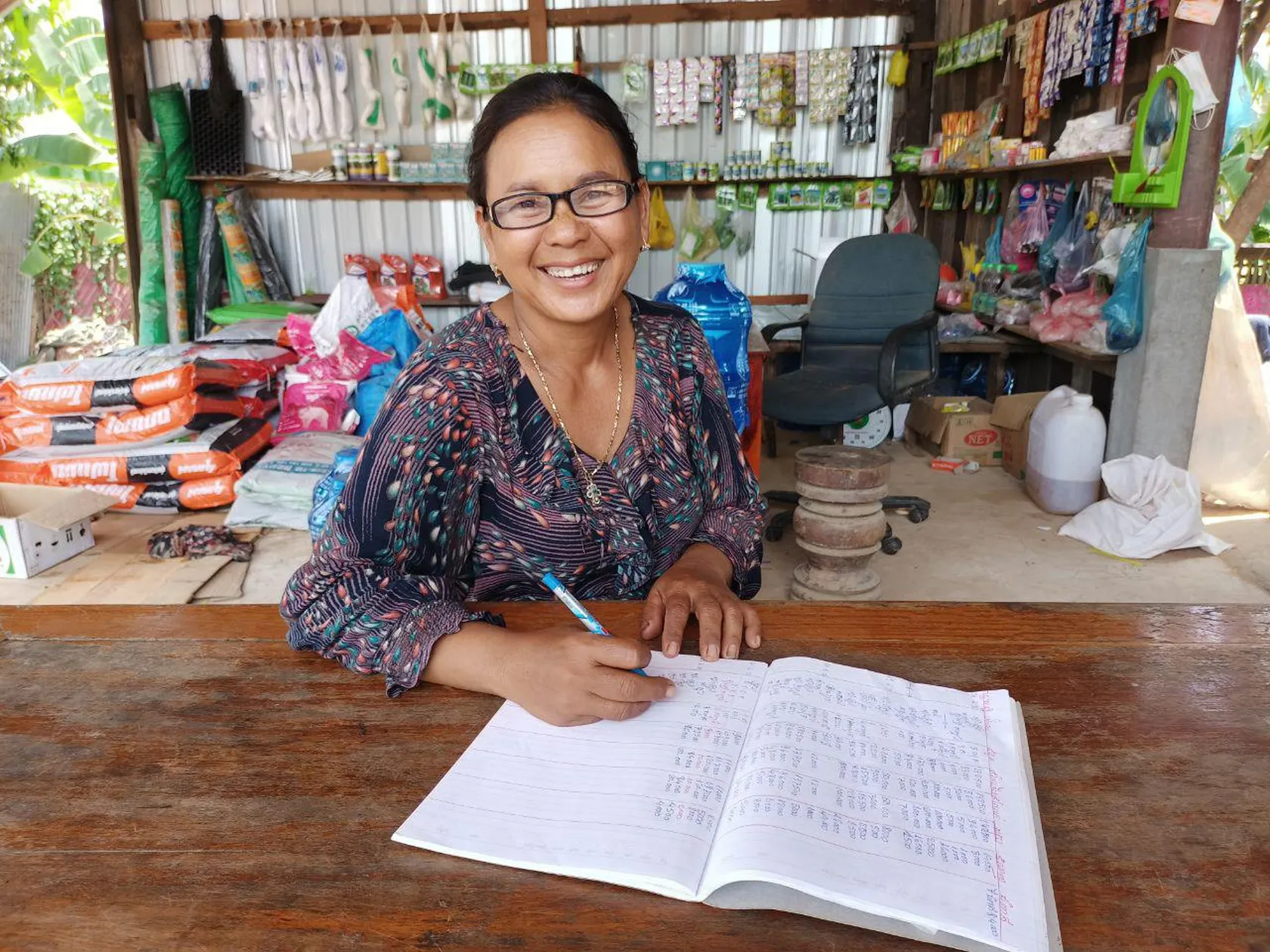
How-to-guide: Developing Crop Budgets - CHAIN project
For technical service providers and extension staff it’s important to know if farmers can make a profit. Developing a cost benefit analysis for the farm level enterprise based on crop budgets will help providing the right advise and interventions so farmers can earn higher incomes. The guide explains how to do this economic analysis and some standard parameters and values for different crops.
About this guide
Click here for the Khmer version.
The Cambodia Horticulture Advancing Income & Nutrition (CHAIN) worked successfully on transforming local vegetable markets, building productive commercial linkages between agri-input sellers, vegetable traders and producers or Business-2-Business relationships. CHAIN graduated 6,000 producers, the majority women, to commercial levels of vegetable production, and introduced improved production technologies and linked them with the retailers for these technologies. These technologies cost considerable investment and therefore simple cost benefit calculations can help to make the right choices. Successful participation in markets also requires good market insights and knowledge of demand. Simple market research and translating this into action is a powerful tool for creating win-win outcomes and supporting entrepreneurs in meeting those demands. CHAIN produced practical How-to-guides on crop budgets and on market research and business linkages as a tool to further replicate this successful model of bringing more participants to the market system, while ensuring that they were in fact taking up the right business models for long-term success.
1. Facilitating B2B relationships
A trusted reliable market is key to transform smallholder agriculture. Stimulating farmers to improve their production, change to a different crop or adopt a different technology requires, in addition to effective extension methods and access to finance, a reliable market access. This guide describes how to take farmers from being just a producer to become a market oriented commercial actor. It describes how to use the Market-Pull feature of market systems as opposed to a Producer-Push approach. One should produce what one can sell – instead of trying to sell what one is producing. This publication guides the reader on market research and translates that into production planning for farmers and making effective deals to create reliable market access.
2. Developing crop budgets
To advise farmers which crop to grow, which and how many inputs to use and what technology its important to understand the financial implications of such advise. This Guide helps extensionists to construct crop and farm budgets to understand if farmers can make a profit. Too often projects advise farmers to change the way they farm without predicting if it actually saves costs or increases earnings. And farmers will only change if the financial benefit is considerable compared to what they are doing now.
By using these How To Guides and adapting them to the circumstances of new projects, we offer a practical toolkit for extension staff to facilitate smallholders to graduate from homestead to commercial farming.

